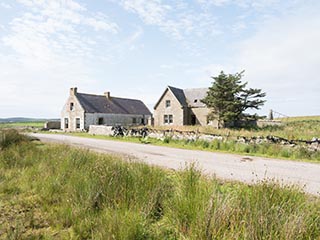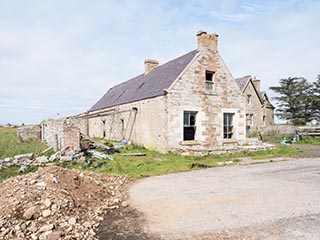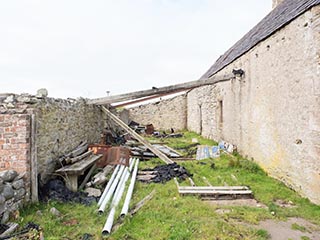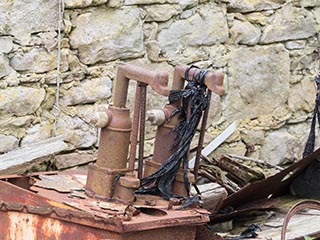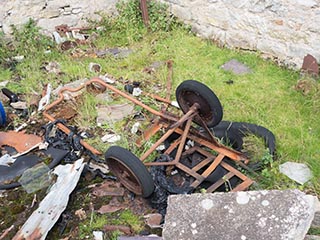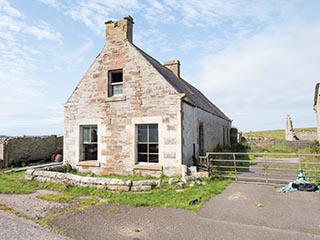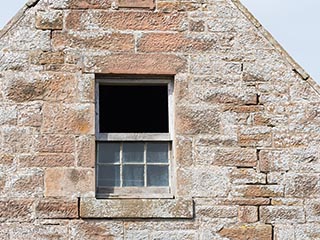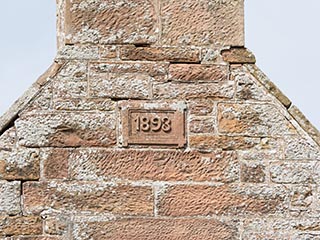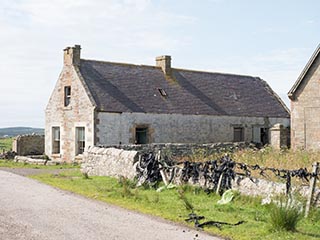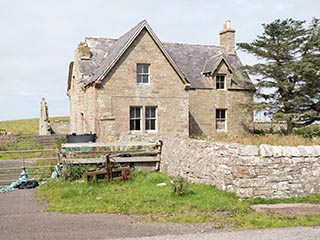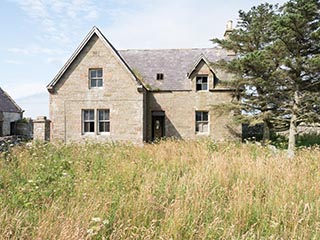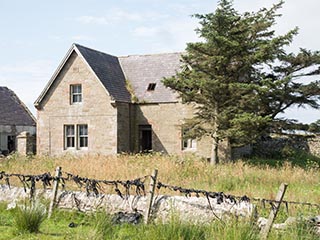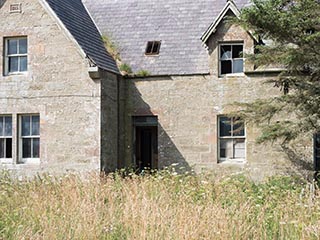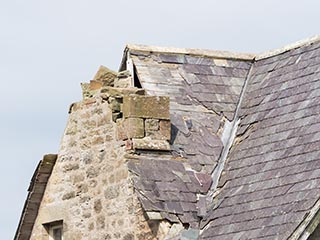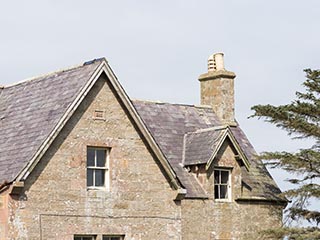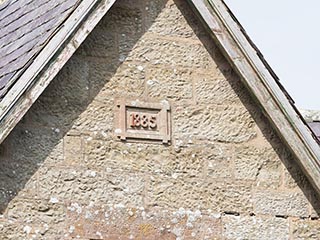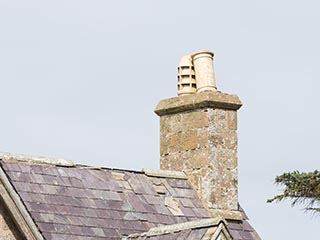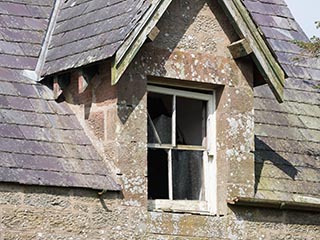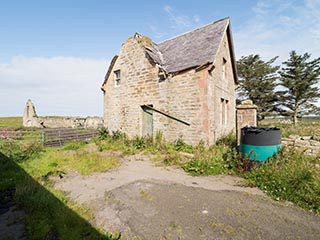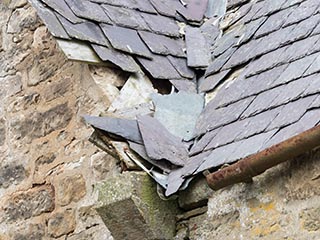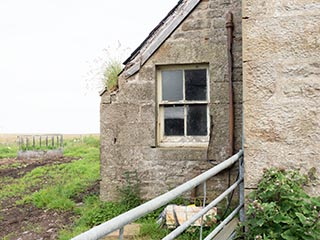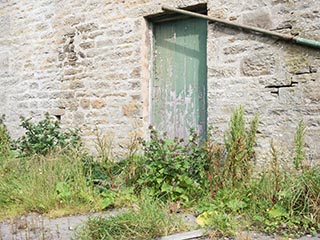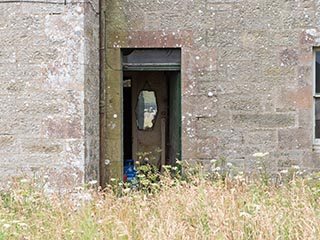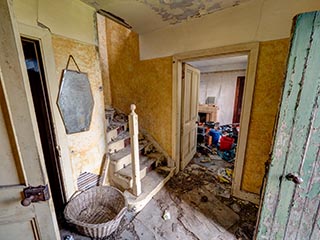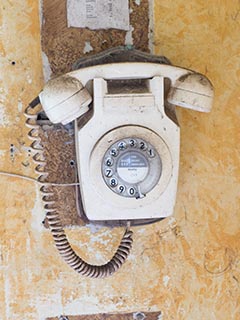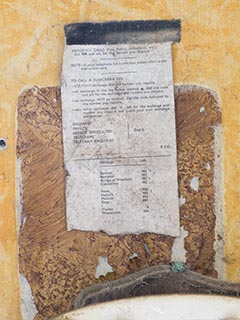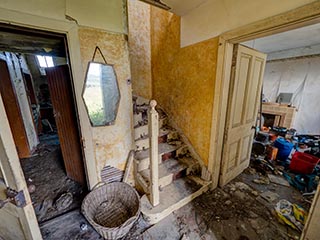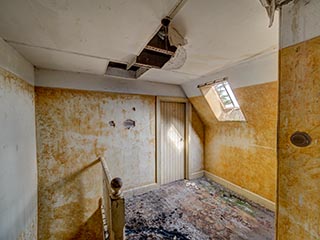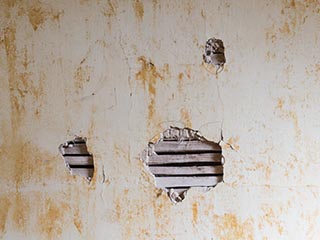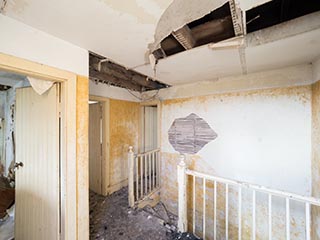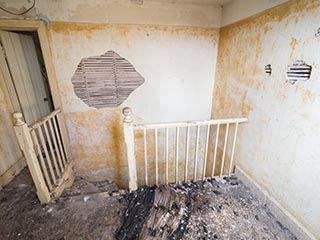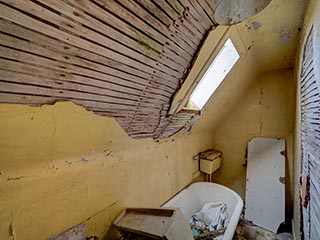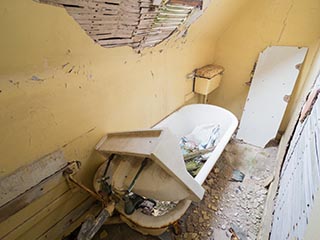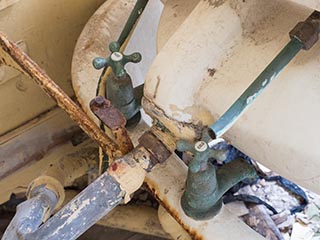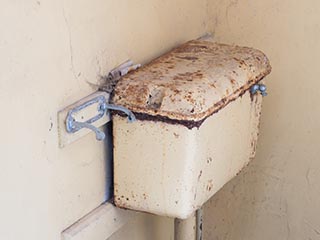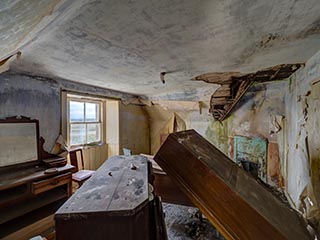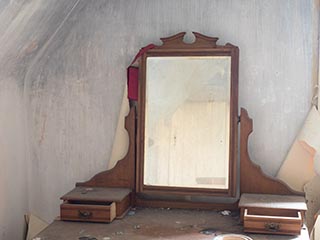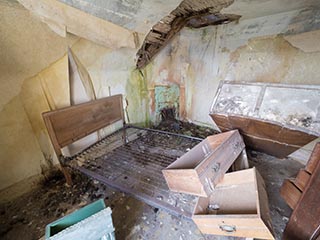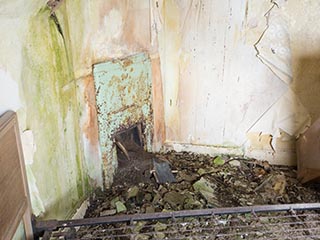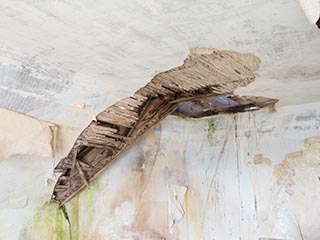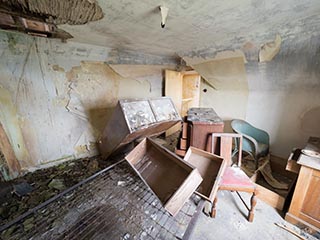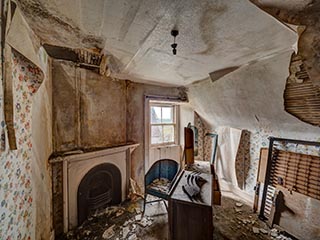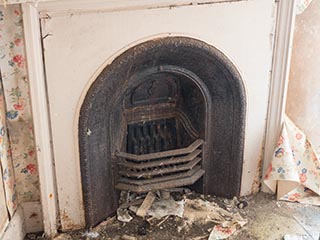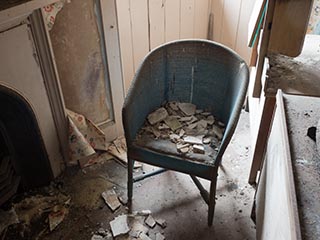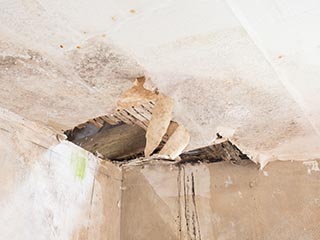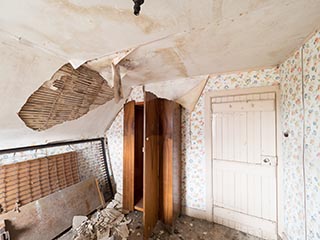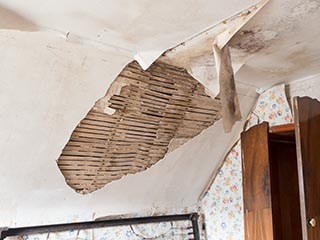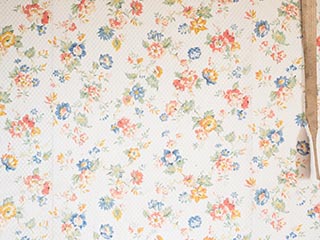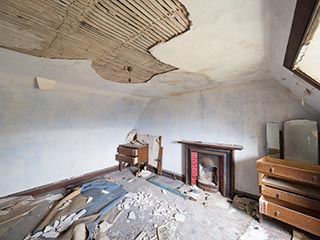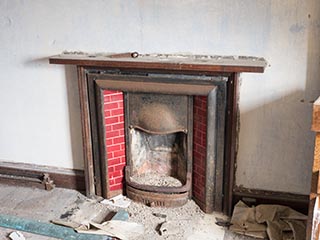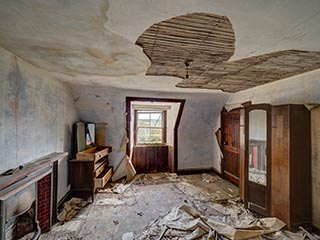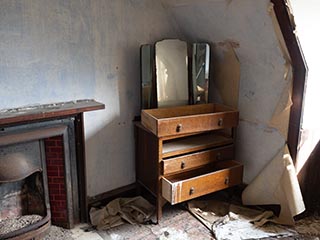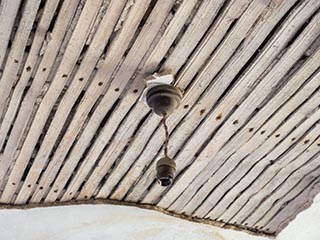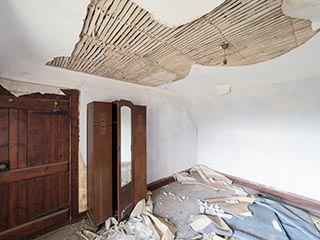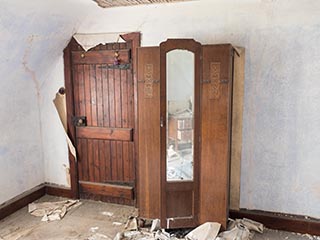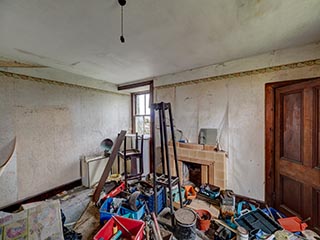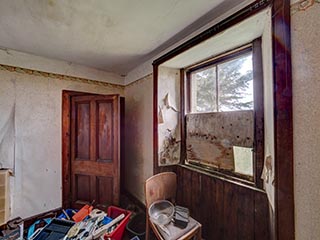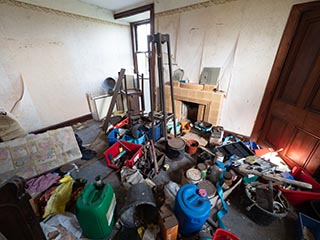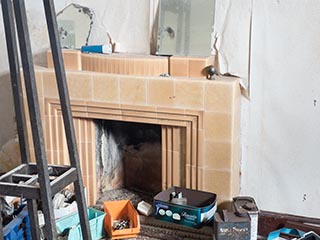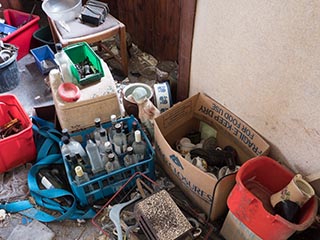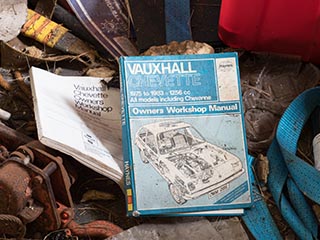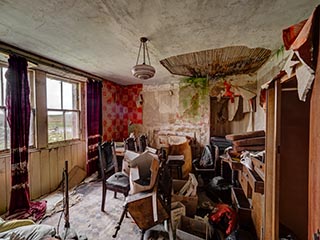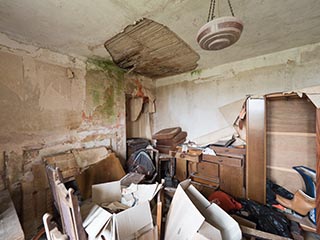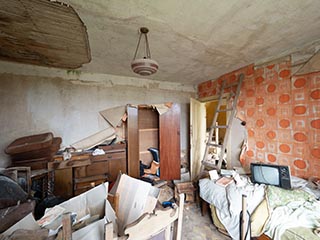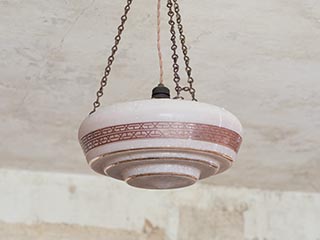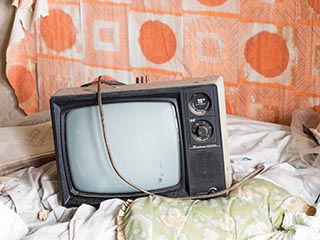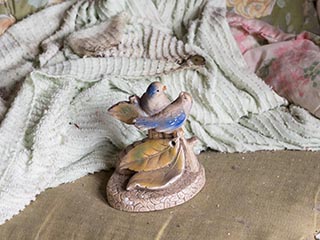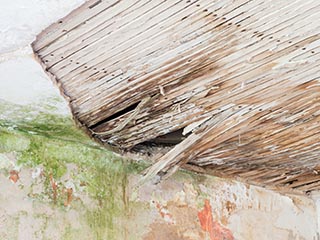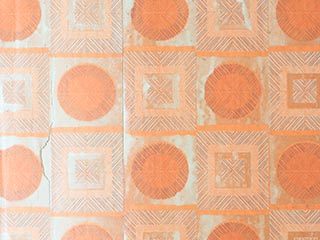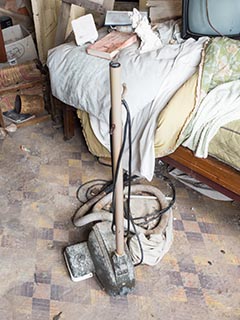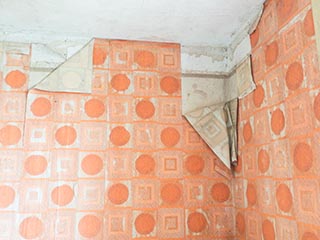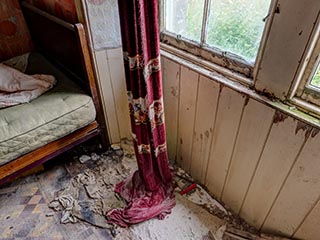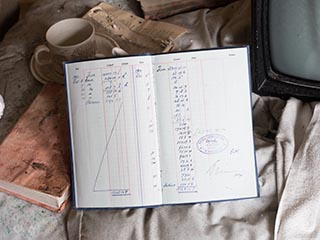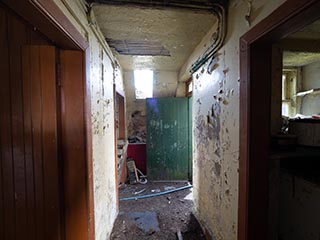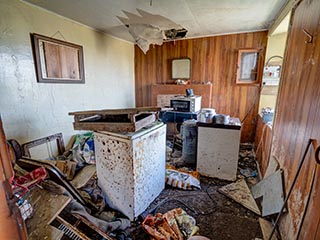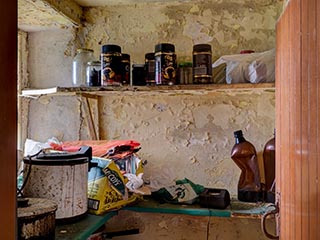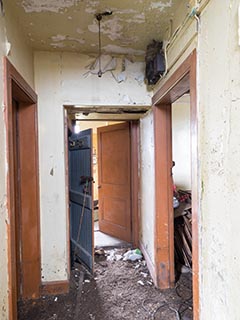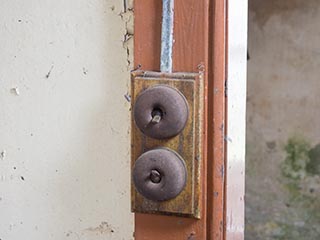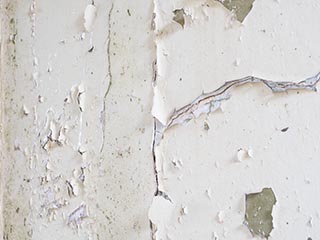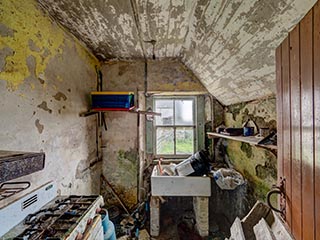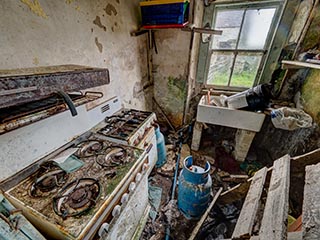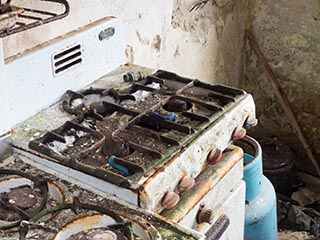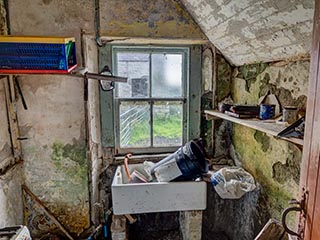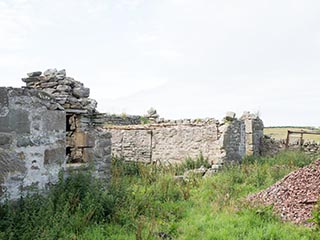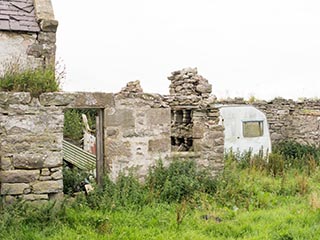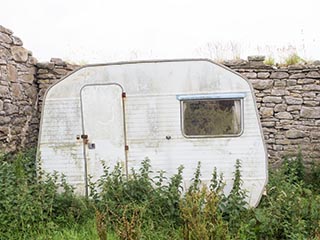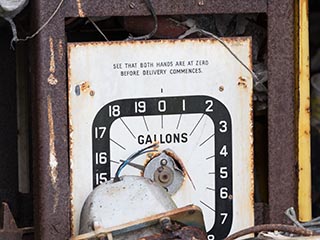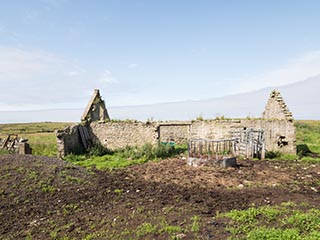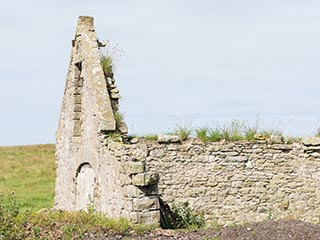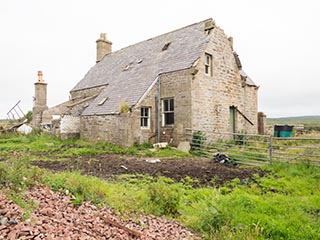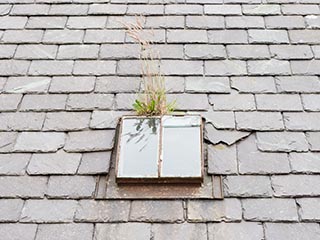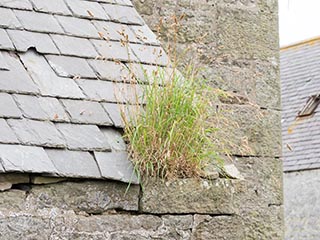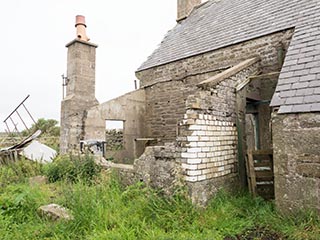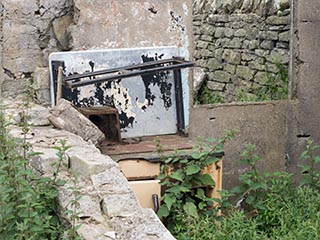I was driving through northern Scotland in mid-2019 when I saw an old house some distance from the road. The glass was missing from some of the window panes, so I immediately concluded that it was probably abandoned. I turned around at the earliest opportunity, and found a place to park. I didn't want to attract attention by parking near the house, so I chose a spot on the opposite side of the road, a bit over a hundred metres away.
The house stood next to a short lane which ran roughly parallel to the main road. I shouldered my camera bag and tripod and walked over to take a closer look. The condition of the structure and its surrounds soon removed any doubt that it was really abandoned.
The date carved in the stonework showed that it had been built in 1885. A second building, which looked like a storehouse, stood beside the house. It had been built in 1893.
The doors of both buildings were wide open, and they had obviously been completely neglected for years, so I didn't think that anyone would be too worried about me having a look around. I thoroughly photographed the two buildings from various angles, then entered the house via the front door to photograph the interior. The inside of the storehouse was such a filthy, junk-filled shambles that I didn't even try to enter it.
The front door opened into a small hallway, with a room on each side, a corridor leading to the back of the house, and a staircase to the second storey. An old, but obviously Twentieth Century, telephone was attached to the wall by the door.
I decided to explore upstairs first. The staircase led to a fair-sized landing, lit by a skylight which was now devoid of glass. There was an extremely cramped bathroom behind the stairs. There were three upstairs bedrooms - two on the left and one on the right. Quite a lot of furniture had been left in all three rooms.
The chimney on the left side of the house had partially collapsed, and the surrounding roof was badly damaged. In the wet Scottish climate, this was causing severe water damage to the two bedrooms below. The room on the right was in better condition, but the roof above was missing a few tiles, and the window was broken, so dampness was taking its inevitable toll on the plaster and wallpaper.
The house must once have been a cosy home, and with proper maintenance it would have stood for at least a few more centuries. It was rather sad to see it left to slowly rot away.
I next explored the two downstairs rooms at the front of the house. The one on the right contained a lot of assorted junk that didn't belong in a house. I wondered if the owner or someone else had used the house to store unwanted things when it was no longer used as a dwelling. I noticed a Vauxhall Chevette Owners Workshop Manual for 1975 to 1983 models. This would imply that the house was occupied until the mid-1980's at least, unless it was left there afterwards.
The room on the left was a jumble of furniture and miscellaneous personal belongings. It was probably used as a bedroom, judging by the bed in one corner. Like the bedrooms above, it was suffering greatly from water leaking through the damaged roof above.
There was a bank book with hand-written entries for October 1960 lying in plain view. It bore the stamp of the National Commercial Bank of Scotland, which merged with the Royal Bank of Scotland in 1969.
There was another small room in the left rear corner of the ground floor, which may have been a dining room. A small kitchen extended from the rear of the house. I exited through the back door to have a look at the rear of the property. There were the remains of some stone outbuildings, and an ancient caravan.
I had noticed a newer, and obviously still occupied house less than 200 metres across the fields, and I thought it best to avoid being seen, so I didn't venture far from the house, where I would be more conspicuous.
